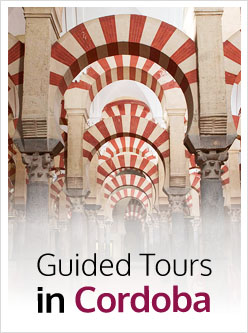The first news mentioning possible remains in the area go back to 1922, when, due to a reform in the railway system, Joaquín María de Navascués found the cryptoportico – of which up to 18 metres of its inside silting were excavated – and one of the buildings related to it, whose pavement was preserved at that moment.
Years later (1955), Samuel de los Santos Gener, after collecting data related to possible archaeological remains in the area, found a series of structures during the urban reforms in the “Colonia de la Paz” and the old tanks belonging to the oil company CAMPSA.
However, the recent history of the Palace of Maximianus Herculeus starts in spring of 1991, when the underground works of the railway were carried out to build the new train station. They unveiled and destroyed part of the site. After reporting this, there were a series of excavation campaigns that showed the spectacular character of the monument, although this did not prevent the works from continuing.
Nowadays, the remains preserved (a third of the whole complex), has remained in History as a dark episode of the archaeology in Córdoba and Andalusia, as a clear example of apathy from the responsible institutions and the precarious protectionist policy of the archaeological heritage from Córdoba.
The following excavation campaigns carried out since 1991 up to now have unveiled a large monumental complex built between the end of the 3rd century AD and the beginning of the 4th century AD. The interpretations about the monument go from an episcopal centre promoted by Osio or a late-Imperial Palatial Complex; the latter is more commonly accepted among the scientific community. It was commissioned as a palace and headquarters of tetrarch Emperor Maximianus Herculeus between 296 and 297 AD in his pacifying campaign in the south of Hispania and north of Africa. This complex became the official headquarters of the Emperor in order to control more effectively the Roman West. It was located outside the walls of the city, around 600 metres from the northwestern angle of the walled area, reusing a suburban villa from early-Imperial times.
The palatial complex, 400 metres long and 200 metres wide, is displayed around a semicircular cryptoportico, with the shape of a 109-metre-diameter exedra, and an underground gallery. A series of skylights, alternated among them, provided the inside with light.
The rest of the buildings are located around it, and they could be accessed through an arcade gallery with columns. At the head of the cryptoportico and in hits main axis, we can see the main building, the aula central, with a basilical floor crowned by an apse. This place was chosen for the Imperial receptions. In the north of the Aula central the termas were located, with a private character only reserved for the Emperor and his closest acquaintances, which have been excavated and identified part of their rooms.
Located on both sides of the main building, and arranged around the semicircular portico, two buildings with identical morphological features were built. The best preserved one, located in the north, keeps part of its pavement, made with geometrical and vegetable mosaics. As it is close to the aula central, they could have been used as reception buildings for the senior officials of the Imperal administration of the court itself.
Likewise, in the northern and southern ends of the cryptoportico buildings with similiar floor were located, Northern Trichora and Southern Trichora respectively. Their floor consists of two parallel walls defining three longitudinal naves, and an outside appearance of a polyapse (three at the end and two on one side). The northern trichora was reused in Late Antiquity as a Christian cult centre, interpreted as the supposed basilica of martyr San Acisclo.
Finally, the Palace of Maximianus Herculeus is completed with a series of rooms located further from the political centre of the Palatium, which have been interpreted as the Emperor’s private houses.
A great part of the complex was reused in Visigothic time as a Christian cult temple, and later, in Islamic times, the space was occupied by one of the northwestern suburbs of Qurtuba.
If you are not sure what to do in Córdoba, we recommend you visit Roman Córdoba hiring one of our guided tours. We will dedicate there a special chapter to the Palace of Maximianus Herculeus. Choose to do high quality sightseeing with qualified staff. Do not hesitate, ArtenCórdoba is the best option.
Text: Fran Peña.


Elige el tour que más se ajuste a tus necesidades y reserva tu plaza en una de nuestras visitas guiadas regulares.
Las Visitas guiadas regulares son aquellas a las que puedes apuntarte de forma individual, se realizan regularmente y en un solo idioma, castellano o inglés
Visita Guiada Mezquita-Catedral de Córdoba
5 / 5
13€
Visita Guiada Mezquita de Córdoba y Judería
5 / 5
Desde
17€
Visita Guiada Córdoba a Fondo
5 / 5
Desde
40€
Visita Guiada Medina Azahara
5 / 5
Desde
18€















